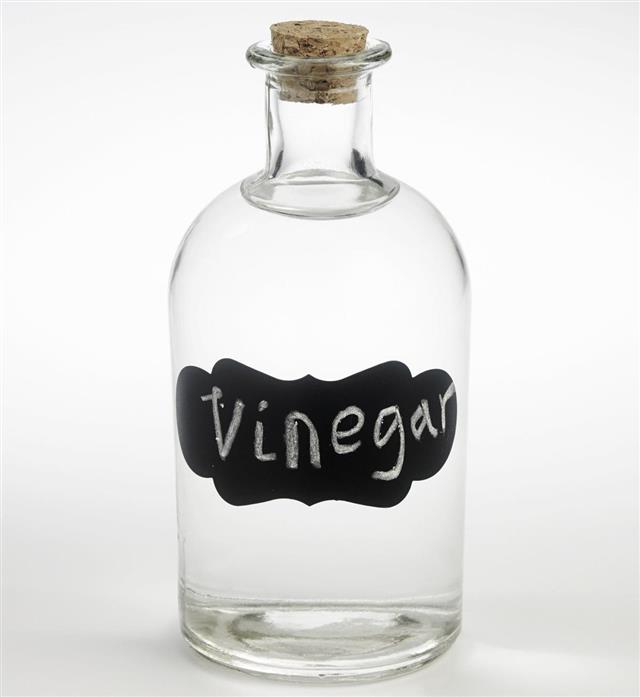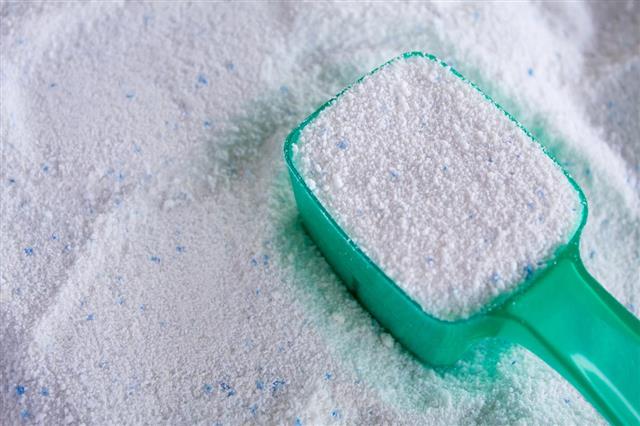
Rust or impurities in the fuel can cause damage to the fuel tank. Therefore, it should not be left untreated. If your vehicle has been idle for an extended period, the gasoline tank should be cleaned before you start using it.
For cleaning the tank, different acids can be used. One of the most commonly used acids is the muriatic acid, also known as hydrochloric acid. Other than hydrochloric acid, phosphoric acid is also often used for tank cleaning purposes. However, when either acid is used, one has to take an immense amount of care while undertaking the cleaning procedure. The other ingredients, which can be used for tank cleaning include vinegar, acetone, detergent, hot water, etc. It is recommended that the cleaning procedure be undertaken in open air as the fumes may be hazardous. With all the primary precautions in place, let’s start with the tank cleaning procedure.
Flush Out The Contents
Empty the tank of all its contents. This is necessary as without emptying the tank, you will not be able to remove it. Make sure you drain out gasoline from all the components, like rubber hoses, petcock, etc., as well.
Clean The Tank
Use “fresh” gasoline and clean the tank thoroughly. It is important to use fresh gasoline, as there are chances that the drained out fuel may contain sludge and other impurities. This is a part of the pre-cleaning process. You can also shake the tank vigorously with gasoline in it. This will help in dislodging the particles from the farthest corners of the tank. Then, empty the tank in a separate container.
Cleaning Process
Just a tip, the cleaning process should be an exhaustive one so that there are no impurities left in the tank afterwards. There are different methods which can be used for the actual process. The procedures are listed below.
Acetone
You will need about 2 to 3 quarts of acetone for the process. Close all the holes of the tank using drywall screws. Pour about 1 quart of acetone into the tank and shake the tank aggressively. Stop for a small bit and check if the rust is indeed coming out and resume the shaking process. Empty the acetone out into a sludge bucket and repeat the process.
Vinegar
Vinegar contains acetic acid, which helps in dissolving the rust from inside the tank. Pour vinegar into the empty tank till its brim. Close the tank and keep it overnight. The next morning, pour out some quantity of vinegar from the tank and shake the tank vigorously. Then empty the contents from the tank. Then pour a little baking soda into the tank and keep it aside for half an hour. Use water to rinse the tank.
Detergent
A great method to clean the fuel tank is to use laundry detergent combined with hot water. Leave the mixture in the tank for an hour or two. Then pour the mixture out and wash the tank with hot water again. If you are of the opinion that the tank is not clean as per your expectations, then you can repeat the process.
Acid Wash Process
Acid Rinse
Muriatic acid or phosphoric acid can be used to clean the tank. When using muriatic acid, remember to use thick rubber hand-gloves & glasses to protect your eyes from the acid fumes. Pour hot water in the tank till it is half full. Add about half a gallon of acid to the water. Then add remaining hot water. Close the gas tank with a cap, do not use the tank cap. Let the mixture settle in the tank. Do not disturb the tank for about 2 to 21/2 hours. Dispose the mixture from the tank carefully.
Clean with Water
Now clean the tank with water thoroughly. You can use a hand pump to spray water in the tank. The pressure of the hand pump will reach every nook and corner of the tank, thus cleaning it in the process. There can be several rounds of cleaning with water.
Dry the Tank
The next step is to dry the tank well. You can make use of a hair dryer for the same. It, indeed, is a lot of work, but if you leave the tank to dry on its own, it will take longer. There is another advantage of using the hair dryer to dry the tank. The warm air from the hair dryer will reach well inside the tank in all nooks and corners. This is an important step, as gasoline will be filled in the tank soon after the drying process is over.
Gasoline Rinsing
After you have dried the tank, rinse it well with gasoline. It is important that you make use of fresh gasoline for the same. It is best not to use the drained gasoline as it may contain impurities which may settle inside the tank again. This is the last step in the tank cleaning procedure.
Fill Gasoline in the Tank
Attach all the components which you have removed in the first step. Keep a small quantity of gasoline ready so that the vehicle reaches the gasoline pump station. Now, do not waste any time and refill the tank back with gasoline. It is important to refill immediately as the tank can start rusting again.
Just a word of caution, wearing protective gear while undertaking the tank cleaning process is important. Make sure no part of the skin is exposed. Similarly, eye protection gear is also necessary. Keeping baking soda handy during the cleaning process is recommended as muriatic acid or phosphoric acid can be neutralized with baking soda.

